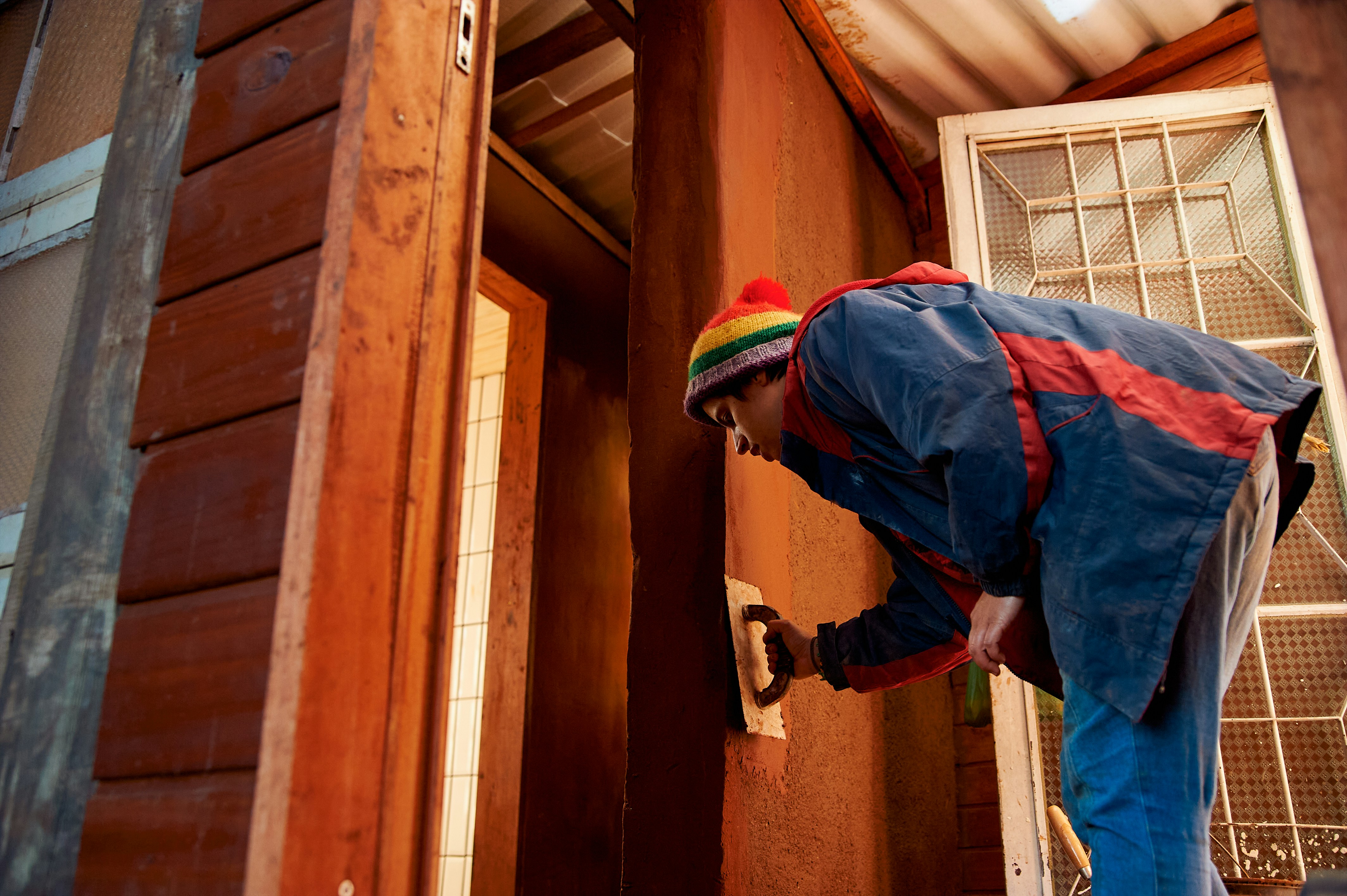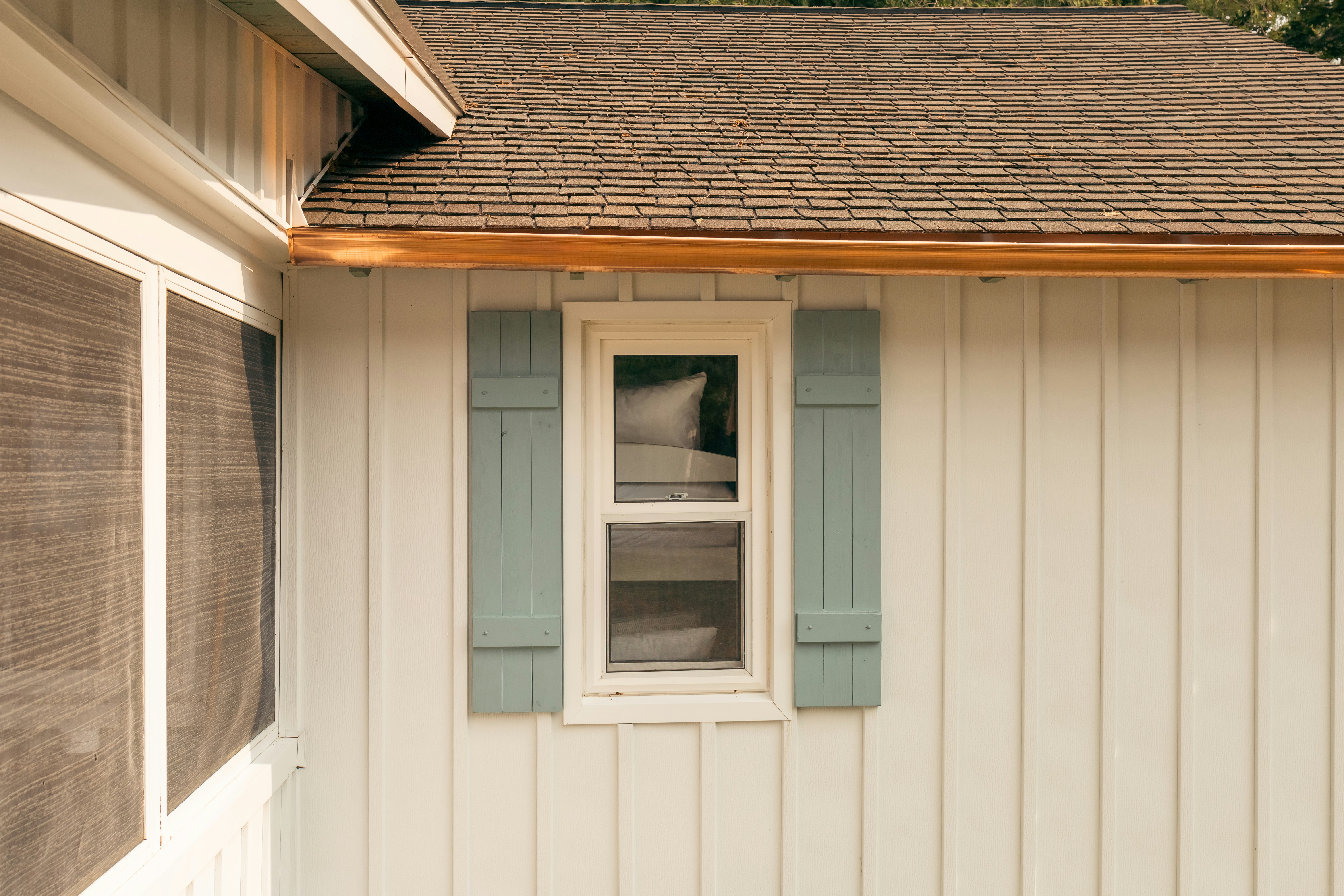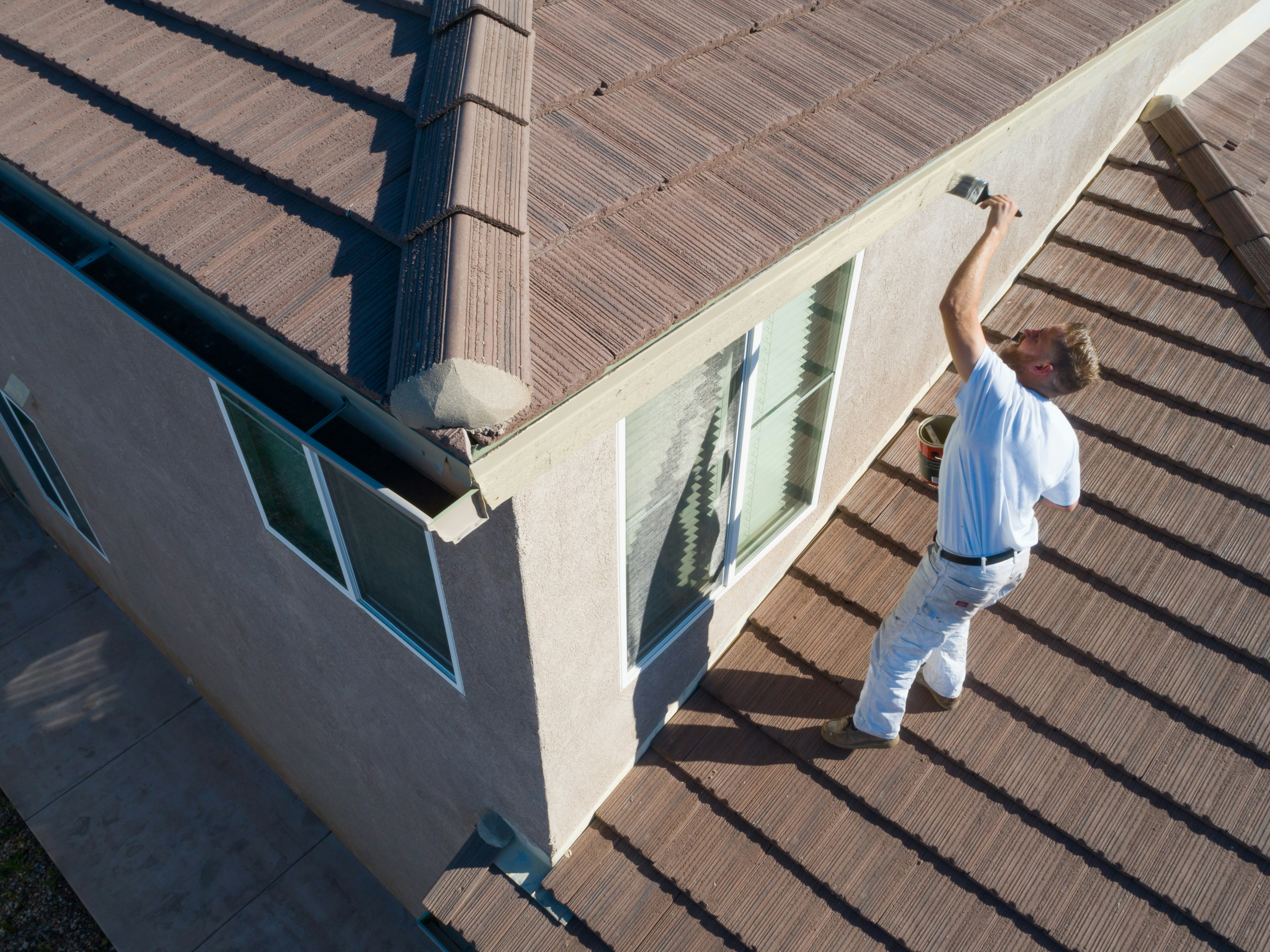Understanding the Importance of Mold Remediation
Mold remediation is a critical process that involves the removal, cleaning, and prevention of mold growth within indoor spaces. Mold not only compromises the structural integrity of buildings but also poses serious health risks to occupants.
Exposure to mold spores can lead to respiratory issues, allergies, and other health complications. Therefore, addressing mold infestations promptly and effectively is essential to safeguarding both property and human health.
Challenges in Marysville
Marysville, located in a region with temperate marine climate conditions, is susceptible to high levels of moisture in the air. This elevated humidity creates an ideal environment for mold growth, particularly in areas prone to water intrusion such as basements, attics, and crawl spaces.
Additionally, Marysville's proximity to bodies of water like Puget Sound can further exacerbate moisture levels indoors. The combination of these factors makes mold remediation in Marysville a unique challenge that requires specialized knowledge and techniques.
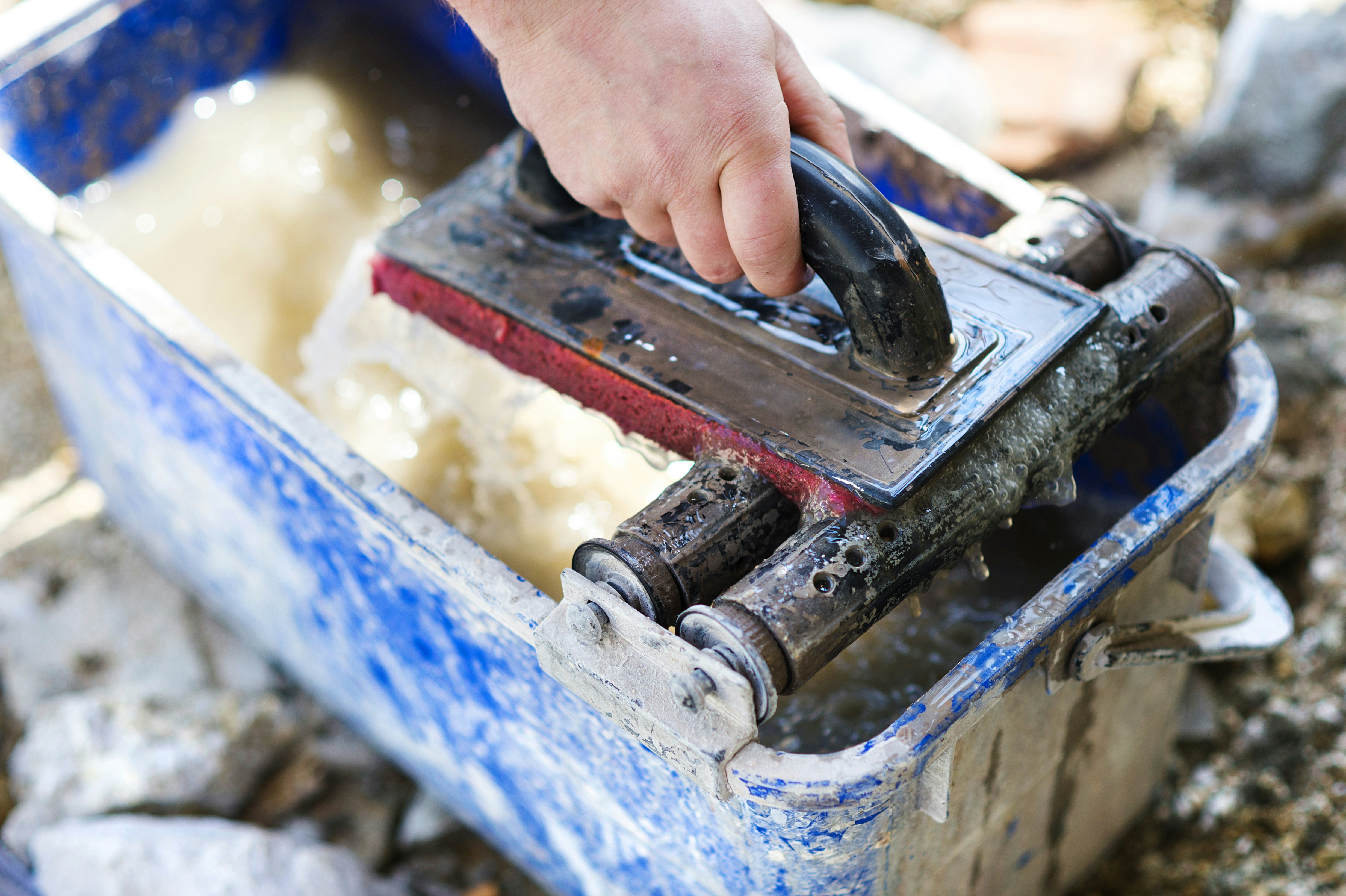
The Role of Professional Mold Remediation Services
Professional mold remediation services play a crucial role in effectively addressing mold infestations in Marysville and beyond. Certified professionals have the expertise to assess the extent of mold damage accurately and implement targeted remediation strategies tailored to each specific situation. Moreover, professional services utilize advanced equipment and techniques that ensure thorough removal of mold spores while minimizing the risk of cross-contamination or re-infestation.
Understanding Mold Growth
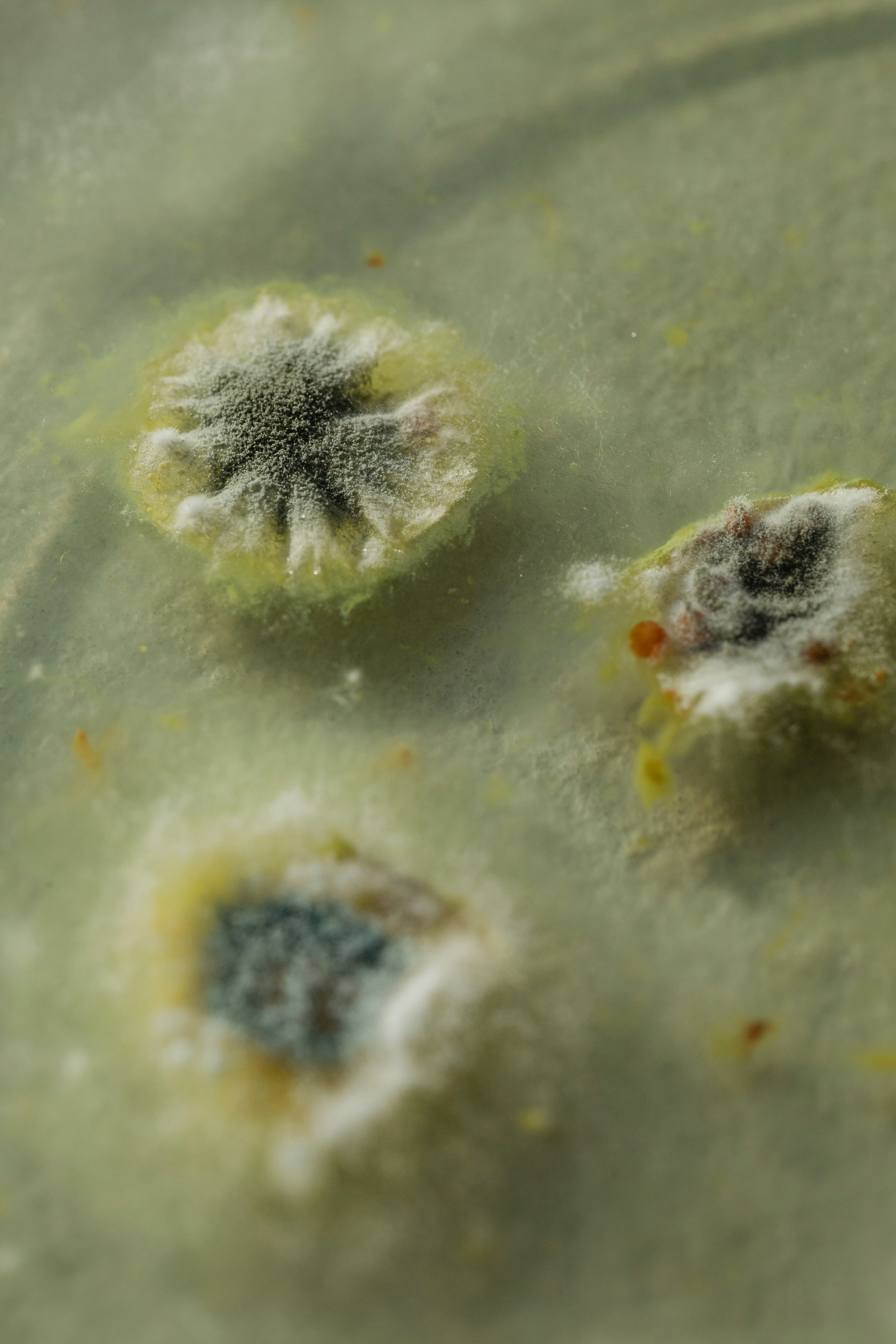
Explanation of what mold is and how it spreads
Mold is a type of fungus that exists all around us in the environment. It reproduces by releasing tiny spores into the air, which can easily float and settle on surfaces. When these spores find a moist environment with organic material to feed on, such as wood, paper, or insulation, they can start to grow and spread rapidly.
Mold thrives in damp, dark places where there is poor ventilation, making homes and buildings susceptible to infestations. Mold spreads through the release of spores that are easily carried through the air or transferred from one surface to another.
This means that once mold has taken hold in one area of a building, it can quickly spread to other parts if not properly contained and remediated. Additionally, mold growth can also occur behind walls or ceilings where it may not be immediately visible but still pose a threat.
Common causes of mold growth in homes and buildings
There are several common causes of mold growth in homes and buildings. One primary factor is excess moisture from water leaks, high humidity levels, or flooding incidents.
Areas prone to condensation like bathrooms, kitchens, basements, and attics are particularly vulnerable to mold growth if proper ventilation is lacking. Poor insulation or inadequate waterproofing can also contribute to moisture buildup that fosters mold development.
Another common cause of mold growth is water damage from roof leaks, plumbing leaks, or faulty drainage systems. If water intrusion goes unnoticed or untreated for an extended period, it creates ideal conditions for mold colonization.
Additionally, improper maintenance of HVAC systems can lead to moisture accumulation within ducts or filters that support mold proliferation. Regular inspections and prompt repairs are essential for preventing these issues.
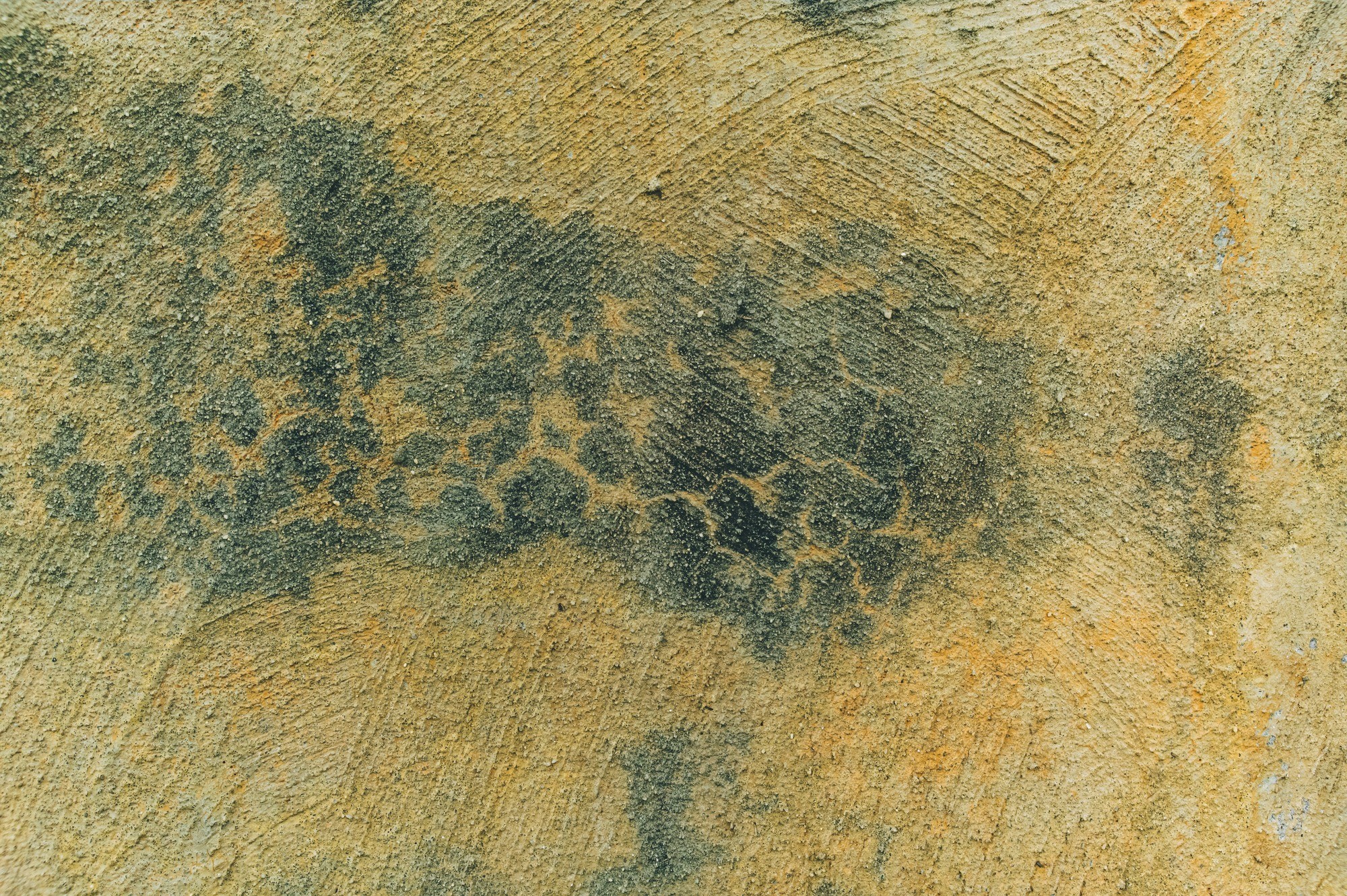
Signs of Mold Infestation
Visible signs such as discoloration, musty odors, and water damage
Mold infestation often leaves visible clues that should not be ignored. One of the most common signs is discoloration on walls, ceilings, or other surfaces. This can appear as black, green, or even pink spots that indicate mold growth.
Musty odors are another telltale sign of mold presence. If you detect a persistent musty smell in your home, especially in areas prone to moisture like basements or bathrooms, it could be a sign of hidden mold growth.
Additionally, water damage such as leaks or flooding can create the perfect conditions for mold to thrive. Stained or warped walls, ceilings, or floors are indicators that mold may be lurking beneath the surface.

Health symptoms that may indicate the presence of mold
Mold infestation not only damages your property but can also have serious implications for your health. Respiratory issues like coughing, sneezing, and throat irritation are common symptoms experienced by individuals exposed to mold spores. Allergies may flare up with increased exposure to mold, leading to symptoms such as itchy eyes and skin rashes.
More severe reactions can include asthma attacks and respiratory infections in those with compromised immune systems. If you notice these health symptoms persisting or worsening when you are at home but improving when you are away, it could be a strong indication of mold infestation affecting your health.
Importance of early detection and prevention measures
Early detection of mold infestation is crucial in preventing further damage to both your property and your health. Ignoring the signs of mold growth can lead to extensive structural damage that may require costly repairs down the line.
Furthermore, prolonged exposure to indoor mold can exacerbate existing health conditions and cause new ones to develop over time. Implementing proactive prevention measures such as controlling indoor humidity levels, fixing leaks promptly, and ensuring proper ventilation in moisture-prone areas can help mitigate the risk of mold growth before it becomes a larger problem.
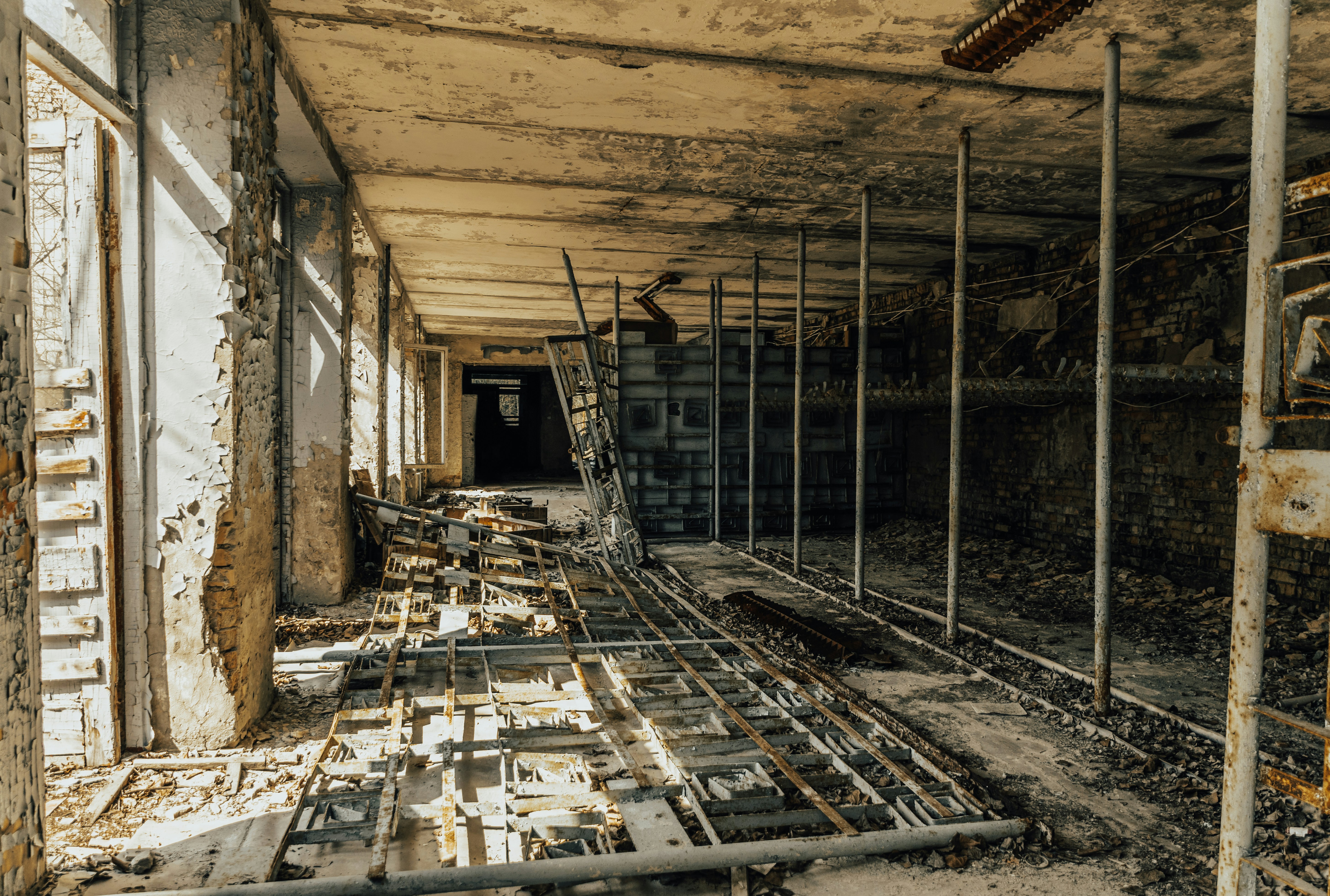
The Process of Mold Remediation
Inspection and Assessment by Certified Professionals
Effective mold remediation begins with a thorough inspection and assessment conducted by certified professionals. These experts have the knowledge and experience to identify the extent of the mold infestation, locate hidden mold colonies, and determine the underlying cause of moisture that is fueling mold growth.
Using specialized tools such as moisture meters and thermal imaging cameras, they can pinpoint areas of high humidity or water intrusion that may be promoting mold development. This comprehensive assessment is crucial for developing a targeted remediation plan tailored to address the specific needs of your property.
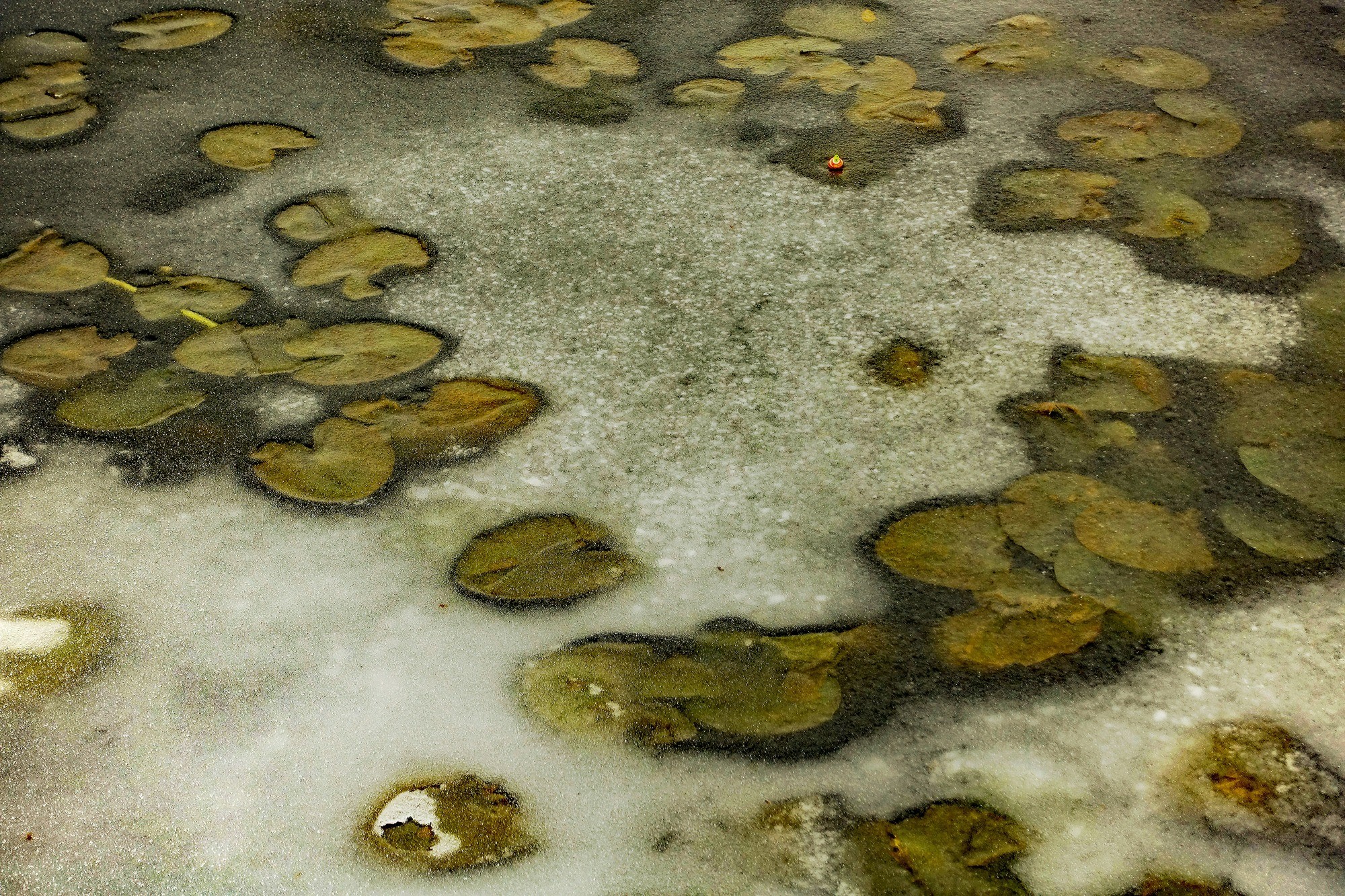
Containment Strategies to Prevent Further Spread of Mold Spores
Containment is a critical aspect of mold remediation to prevent the spread of mold spores to unaffected areas during the removal process. Certified professionals use advanced containment techniques such as establishing negative air pressure environments, sealing off contaminated areas with plastic sheeting, and deploying air scrubbers equipped with HEPA filters to capture airborne spores.
By isolating the affected area, they minimize cross-contamination risks and ensure that mold spores are contained within the work zone. This careful containment strategy helps protect both occupants and workers from exposure to harmful mold particles.
Removal Techniques for Different Types of Mold Surfaces and Materials
The successful removal of mold requires employing appropriate techniques tailored to different types of surfaces and materials in your property. Certified professionals are skilled in using a variety of methods such as HEPA vacuuming, wire brushing, sanding, or dry ice blasting depending on the surface texture and material composition.
Porous materials like drywall or insulation may need to be removed entirely if heavily contaminated, while non-porous surfaces can often be cleaned effectively with antimicrobial solutions. The choice of removal technique is guided by industry best practices to ensure thorough elimination of mold while preserving structural integrity where possible.
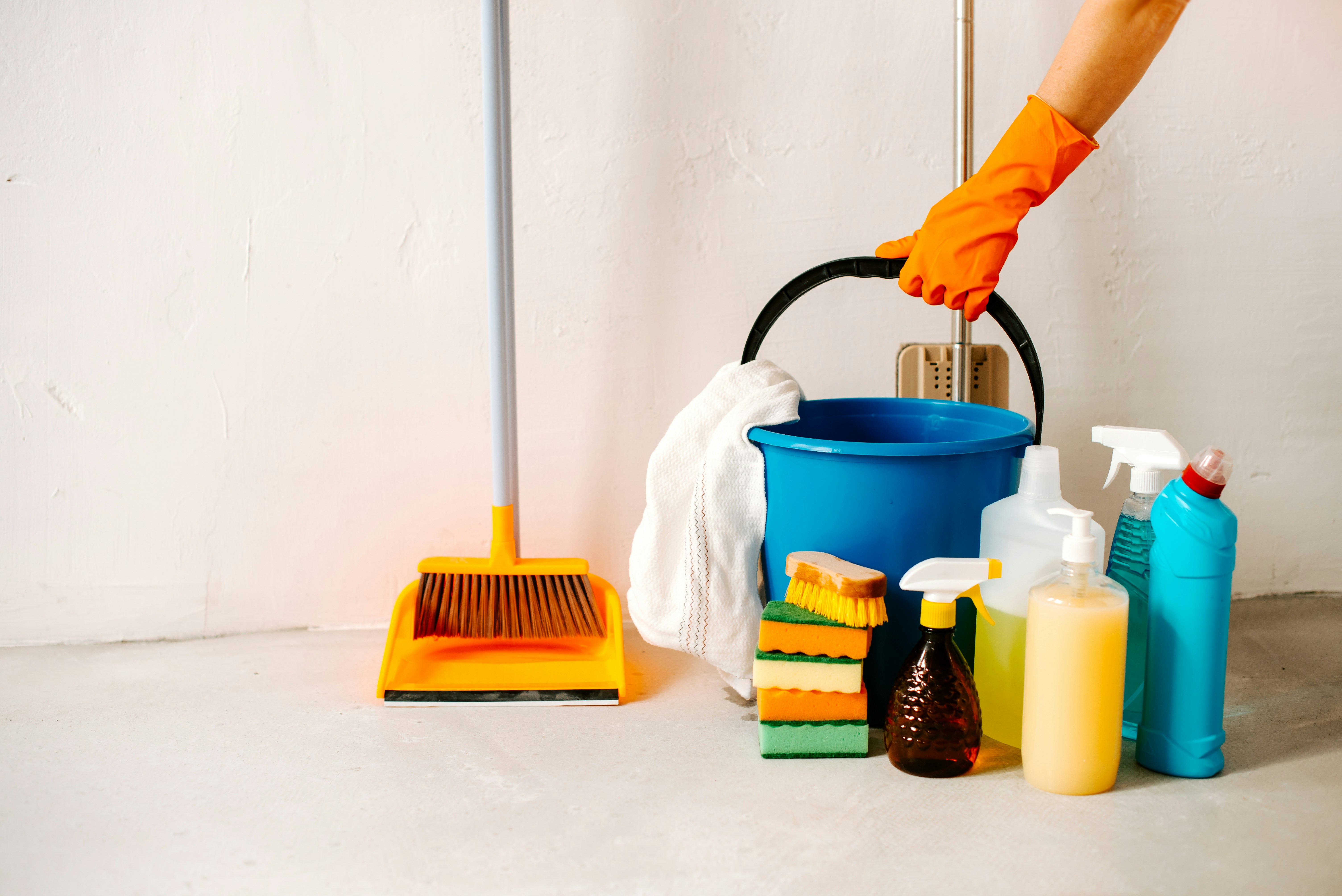
Cleaning, Disinfection, and Deodorization Procedures
After removing visible mold growth from surfaces, thorough cleaning, disinfection, and deodorization procedures are essential steps in the remediation process. Certified professionals utilize EPA-approved cleaners and disinfectants designed specifically for killing mold spores on surfaces.
In addition to physical cleaning methods like scrubbing or wiping down affected areas, antimicrobial treatments may be applied to prevent future regrowth. Deodorization techniques such as using ozone generators or thermal fogging can help eliminate musty odors associated with mold infestations, ensuring that your indoor environment is restored to a safe and healthy state.
Special Considerations for Marysville

Climate Factors Contributing to Mold Growth in Marysville
Marysville, located in the Pacific Northwest region, experiences a unique climate that contributes to mold growth in homes and buildings. The city's damp and rainy weather conditions create an ideal environment for mold spores to thrive.
High humidity levels combined with fluctuating temperatures can lead to condensation buildup on surfaces, providing moisture necessary for mold growth. Additionally, Marysville's proximity to bodies of water like Puget Sound can further elevate humidity levels indoors, fostering mold infestations.
Local Regulations and Guidelines for Mold Remediation
Homeowners in Marysville must adhere to specific regulations and guidelines when it comes to mold remediation projects. The city may have stringent requirements regarding the certification and licensing of professionals involved in mold removal.
Local authorities may also dictate proper disposal methods for contaminated materials or mandate the use of certain protective equipment during remediation processes. It is crucial for homeowners to be aware of these regulations to ensure compliance and the safe removal of mold from their properties.
Unique Challenges Faced by Homeowners in Marysville
In addition to climate-related factors and regulatory considerations, homeowners in Marysville face unique challenges when dealing with mold infestations. One significant challenge is the prevalence of older homes in the area that may have issues such as poor ventilation, outdated plumbing systems, or inadequate insulation—all of which can contribute to moisture problems and subsequent mold growth.
Furthermore, navigating insurance coverage for mold remediation services can be complex due to varying policies and limitations specific to the region. Homeowners must proactively address these challenges by seeking professional assistance tailored to the nuances of Marysville's environment.

Mold Remediation Techniques
Common Methods for Mold Remediation
When it comes to addressing mold infestations, several common techniques are often employed by professional remediation experts. HEPA (high-efficiency particulate air) vacuuming is a widely-used method to remove mold spores from surfaces and the air.
This specialized vacuum system can effectively capture tiny particles, preventing them from spreading to other areas. Damp wiping is another effective method that involves using damp microfiber cloths or sponges to physically remove mold from surfaces.
This technique not only cleans visible mold but also helps in capturing any hidden spores. Air scrubbing is a crucial part of the remediation process as it helps improve indoor air quality by filtering out airborne mold spores and contaminants.
An air scrubber equipped with HEPA filters can efficiently trap even the smallest particles, ensuring that the air circulating in the space is clean and safe to breathe. By combining these common methods, professionals can effectively eliminate visible mold growth and prevent its recurrence.
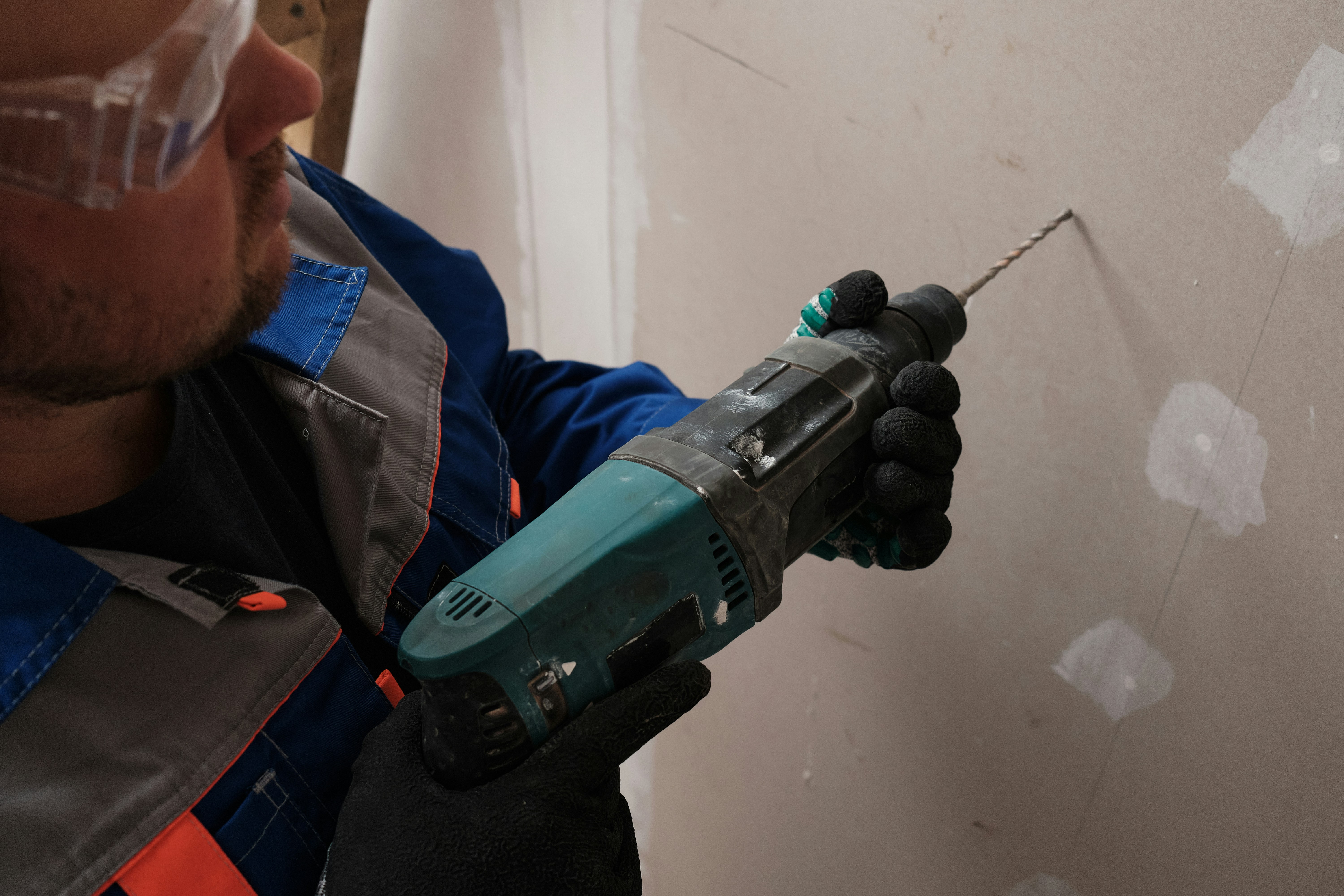
Advanced Techniques for Mold Remediation
In more severe cases of mold infestation or when dealing with hard-to-reach areas, advanced techniques may be required for thorough remediation. Dry ice blasting is an innovative method that uses compressed air to propel dry ice pellets at high speeds onto contaminated surfaces.
The rapid freezing action of dry ice helps dislodge and remove mold without causing damage to the underlying materials. Ozone treatments involve using ozone generators to release ozone gas into the affected area, where it reacts with and neutralizes mold spores and odors.
While effective, ozone treatments should only be conducted by trained professionals due to safety considerations. These advanced techniques provide targeted solutions for challenging mold remediation scenarios, ensuring comprehensive removal of mold contamination while minimizing potential risks associated with traditional methods.
Use of Eco-Friendly Products for Safe Remediation
With growing concerns about environmental sustainability and indoor air quality, many professionals now opt for eco-friendly products in their mold remediation efforts. These products are formulated using natural ingredients that are safe for both occupants and the environment while still being effective against molds. Eco-friendly cleaners powered by plant-based ingredients offer a non-toxic alternative to harsh chemical solutions commonly used in traditional remediation processes.
By choosing eco-friendly products, professionals can prioritize health and safety while still achieving successful outcomes in mold removal projects. Additionally, these products often have minimal impact on indoor air quality post-remediation, contributing to a healthier living environment for occupants.
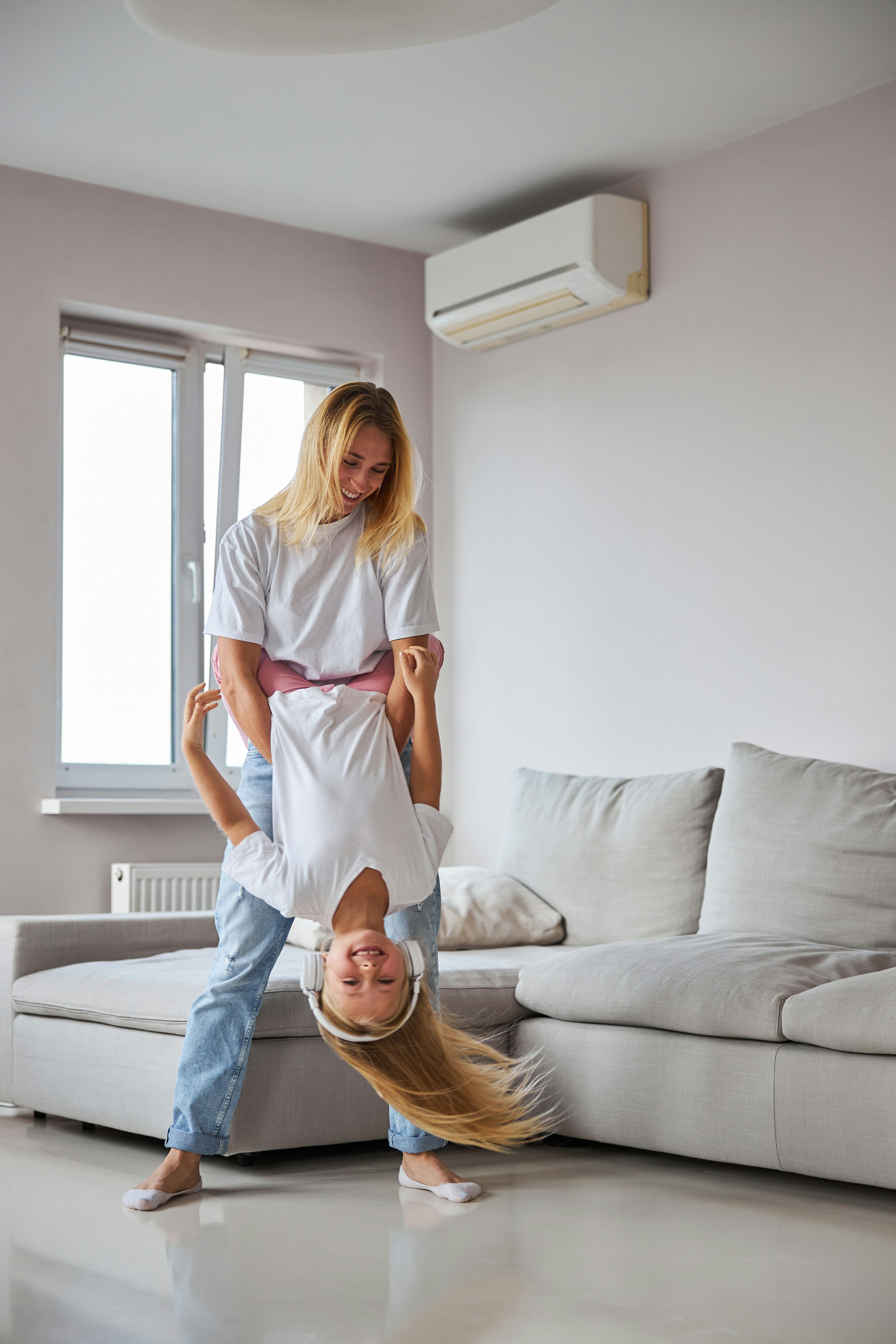
Tips for Maintaining Proper Indoor Humidity Levels
Proper indoor humidity levels play a crucial role in preventing mold growth in homes. Ideally, indoor humidity should be kept between 30-50%. To achieve this, consider using dehumidifiers in areas prone to moisture buildup such as basements and bathrooms.
Additionally, ensure proper ventilation in high-humidity areas by using exhaust fans or opening windows when possible. Monitoring humidity levels with a hygrometer can help you stay informed and take necessary actions to maintain optimal conditions.
Regular Inspection and Maintenance Practices to Prevent Moisture Buildup
Regular inspections of your home for any signs of water leaks, condensation, or moisture buildup are essential in preventing mold growth. Check for leaking pipes, roof leaks, and any areas where water may seep into walls or ceilings. Pay attention to damp spots on walls or ceilings and address them promptly.
Maintain your HVAC system regularly to prevent any issues that could lead to excess moisture indoors. By staying vigilant and proactive with maintenance practices, you can effectively reduce the risk of mold infestations.
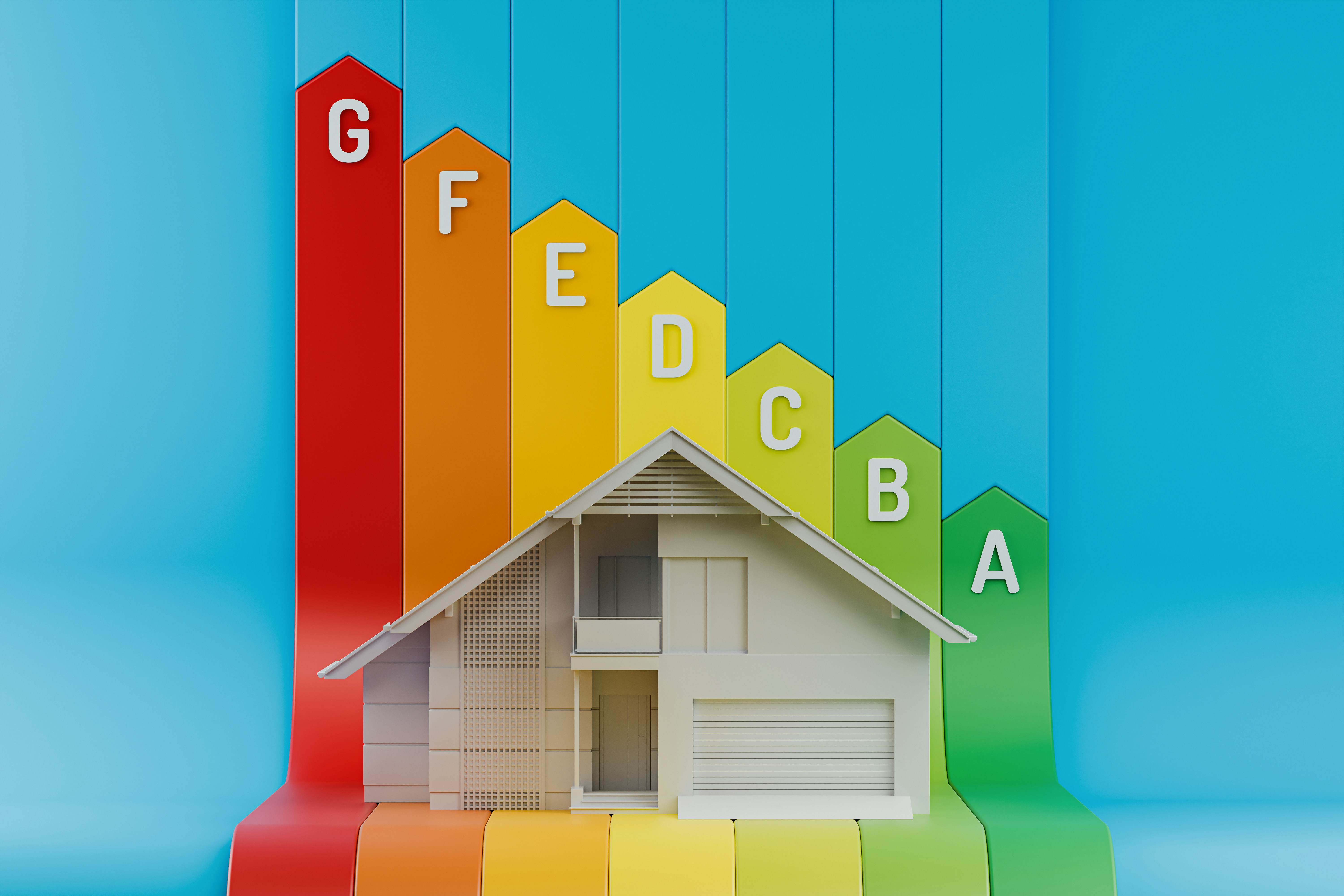
Educational Resources for Homeowners
Educating yourself about mold prevention is key to maintaining a healthy living environment. There are various resources available online from reputable sources such as the EPA or CDC that provide information on mold prevention strategies, health risks associated with mold exposure, and DIY tips for tackling minor mold issues.
Additionally, local health departments or environmental agencies may offer workshops or seminars on mold awareness and remediation techniques. By staying informed and implementing best practices based on reliable information, homeowners can take proactive steps towards safeguarding their homes against mold growth.
While the presence of mold can be concerning, taking proactive steps towards prevention can help alleviate potential risks and maintain a healthy living environment for you and your family. By implementing the tips for maintaining proper indoor humidity levels, conducting regular inspections for moisture buildup, and utilizing educational resources available to homeowners, you empower yourself with the knowledge and tools necessary to combat mold infestations effectively.
Remember that prevention is key when it comes to dealing with mold issues in Marysville or any other location. Stay informed, stay proactive, and enjoy a healthier living space free from the threat of mold contamination.

